Sazon Mexican Seasoning: A Flavorful Journey Through Global Spice Traditions
Table of Contents
Introduction to Sazon Mexican Seasoning
If you've ever tasted a perfectly seasoned dish from Mexico, you might have unknowingly enjoyed the magic of sazon mexican seasoning. This blend of spices is more than just a cooking tool—it's a cultural symbol that brings flavor, history, and tradition to every plate. Whether you're a seasoned chef or a home cook with a passion for global flavors, understanding sazon can elevate your culinary game.
Originating in Mexico, sazon is a versatile seasoning that typically includes a mix of garlic, onion, oregano, cumin, paprika, and sometimes even chili powder. It’s used in everything from tacos and tamales to soups and stews. But its influence isn’t limited to Mexican cuisine—its popularity has spread across the globe, making it a staple in many international kitchens.
But what exactly makes sazon so special? And how does it fit into the broader world of spice traditions? Let's dive deeper.
The Flavor Profile of Sazon
Sazon mexican seasoning is known for its bold, aromatic profile. It strikes a perfect balance between savory, slightly sweet, and spicy notes. The base of the blend usually consists of ground garlic and onion, which provide a rich, umami foundation. Oregano adds an earthy freshness, while cumin brings warmth and depth. Paprika gives it a subtle smokiness, and some versions include a touch of chili powder for a gentle heat.
What sets sazon apart is its ability to enhance the natural flavors of ingredients without overpowering them. It’s like a symphony of taste, where each spice plays a unique role. Whether you’re seasoning chicken, rice, or vegetables, sazon brings everything together in harmony.
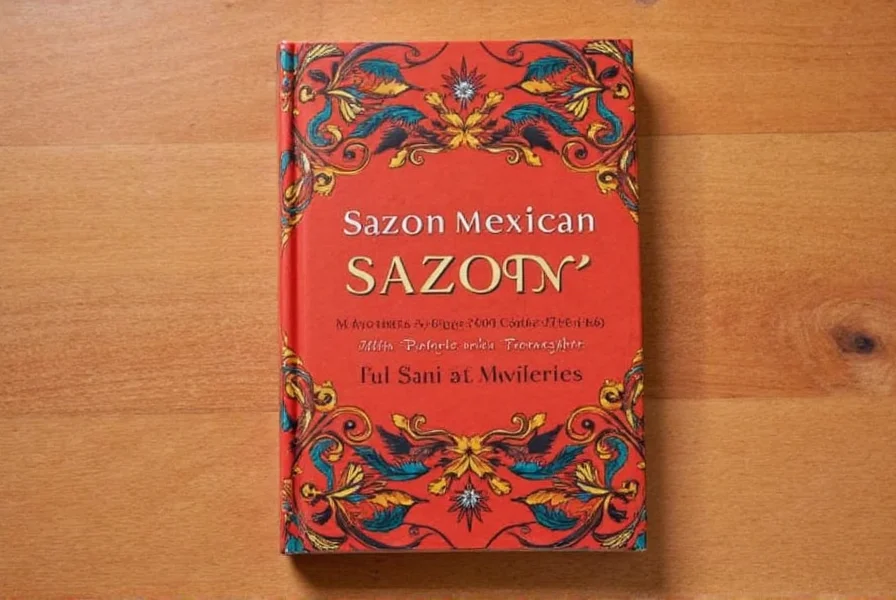
To give you a better idea of how sazon compares to other popular seasonings, here's a quick comparison:
| Seasoning | Main Flavors | Common Uses |
|---|---|---|
| Sazon | Garlic, onion, oregano, cumin, paprika | Tacos, tamales, soups, meats |
| Cumin | Warm, earthy, slightly bitter | Mexican, Indian, Middle Eastern dishes |
| Paprika | Smoky, sweet, mild | Spanish, Hungarian, American dishes |
| Chili Powder | Spicy, smoky, pungent | Mexican, Tex-Mex, chili recipes |
Global Spice Traditions and Sazon
While sazon is deeply rooted in Mexican culture, its essence mirrors the spirit of global spice traditions. Across the world, people have long relied on carefully curated spice blends to bring out the best in their food. From the garam masala of India to the za'atar of the Middle East, each region has its own signature mix, much like sazon.
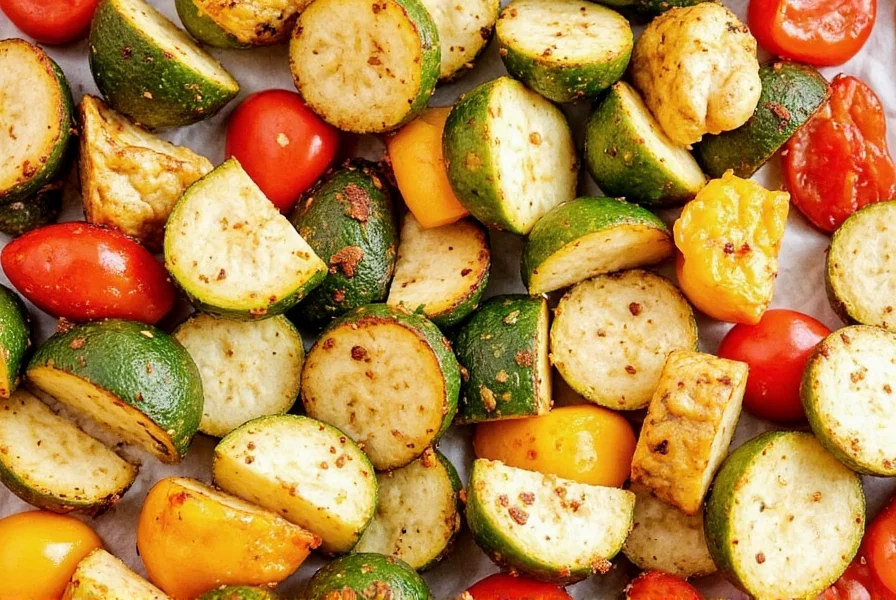
One of the fascinating things about sazon is its adaptability. While traditional recipes often stick to a specific formula, modern chefs and home cooks are experimenting with variations, adding smoked paprika, citrus zest, or even herbs like cilantro. This reflects a broader trend in the culinary world: the blending of global influences to create something uniquely personal.
Moreover, sazon serves as a bridge between cultures. It’s not uncommon to find it in Latin American restaurants in the U.S., or in fusion dishes that combine Mexican and Asian elements. This cross-cultural exchange is a testament to the power of spices to transcend borders and bring people together.
Practical Tips for Using Sazon
Whether you're new to sazon or a seasoned user, these tips will help you make the most of this flavorful seasoning:
- Use it generously but wisely: Sazon is powerful, so a little goes a long way. Start with a teaspoon per pound of meat or two tablespoons for a large batch of rice or beans.
- Pair it with proteins: Sazon shines when used on chicken, pork, beef, or seafood. Try marinating your protein with sazon before grilling or roasting.
- Enhance grains and vegetables: Sprinkle it over rice, quinoa, or roasted veggies for an extra layer of flavor.
- Make your own blend: If you want full control over the flavor, try creating your own version using garlic powder, onion powder, oregano, cumin, and paprika.
- Experiment with heat: Adjust the amount of chili powder based on your preference. You can also substitute it with smoked paprika for a milder, more complex flavor.
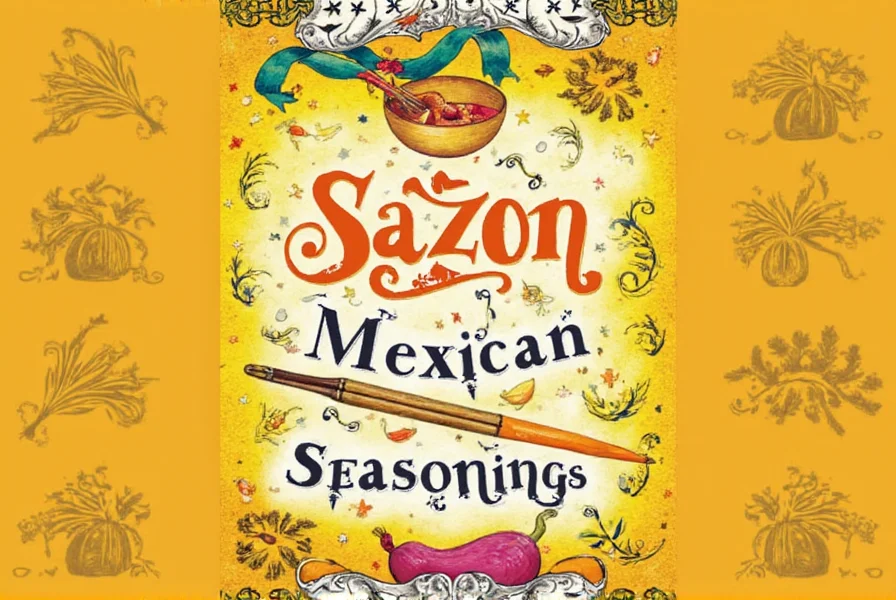
Here are a few quick recipe ideas to get you started:
- Sazon Chicken Tacos: Marinate chicken in sazon, grill, and serve in warm tortillas with salsa and avocado.
- Sazon Rice: Add sazon to your rice while cooking for a fragrant, flavorful side dish.
- Sazon Soup: Use sazon in soups like pozole or menudo for deep, rich flavor.
Buying Guide for Sazon Mexican Seasoning
If you're looking to purchase sazon mexican seasoning, there are several options available depending on your needs and preferences. Here’s a guide to help you choose the right product:
Top Products to Consider
- La Voz Sazon
- Features: Traditional blend with garlic, onion, oregano, cumin, and paprika.
- Advantages: Widely available, consistent quality, ideal for authentic Mexican cooking.
- Use Cases: Tacos, tamales, grilled meats, and soups.
- Target Audience: Home cooks and professional chefs seeking authenticity.
- Suitable Occasions: Weeknight meals, family gatherings, and holiday feasts.
- McCormick Sazon
- Features: Pre-made seasoning with a balanced mix of spices.
- Advantages: Convenient, easy to use, great for beginners.
- Use Cases: Grilled chicken, rice, and vegetable dishes.
- Target Audience: Busy individuals who want a quick and tasty option.
- Suitable Occasions: Casual dinners, potlucks, and everyday meals.
- Homemade Sazon Blend
- Features: Customizable mix of garlic powder, onion powder, oregano, cumin, and paprika.
- Advantages: Full control over flavor and spice level.
- Use Cases: All types of dishes, from meats to grains and vegetables.
- Target Audience: Enthusiasts who enjoy experimenting in the kitchen.
- Suitable Occasions: Any time you want to add a personal touch to your cooking.

When choosing a sazon blend, consider whether you prefer a pre-made version or a homemade mix. Pre-made seasonings are convenient and reliable, while homemade blends offer flexibility and creativity. Either way, sazon is a must-have in any spice cabinet.
Conclusion
Sazon mexican seasoning is more than just a blend of spices—it's a reflection of cultural heritage, culinary artistry, and global flavor exploration. Its versatility makes it a favorite among both amateur enthusiasts and professional chefs. Whether you're cooking up a storm at home or experimenting in the kitchen, sazon brings a burst of authentic flavor to every dish.
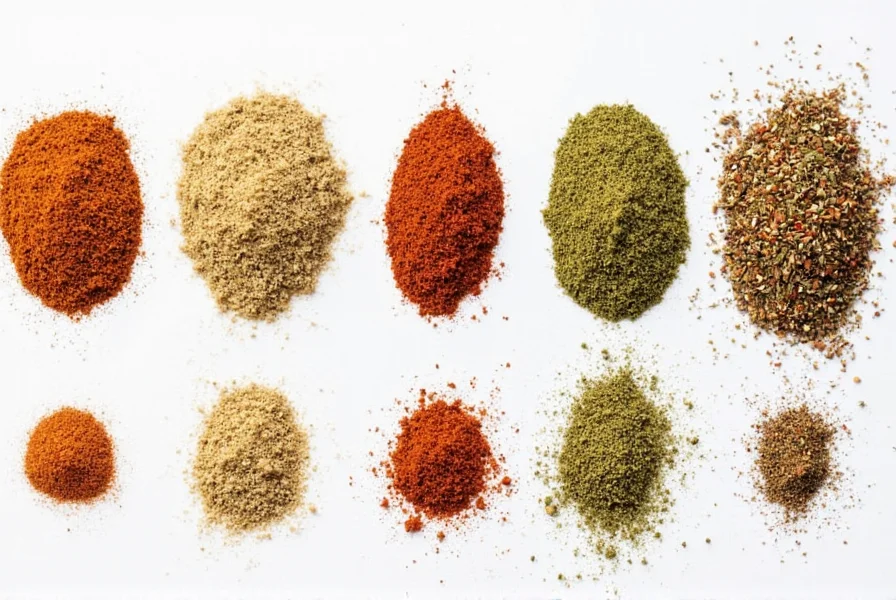
As we continue to embrace the richness of global spice traditions, sazon stands out as a shining example of how simple ingredients can create profound culinary experiences. So next time you reach for your spices, remember: a pinch of sazon can turn ordinary into extraordinary.
Remember, the sazon mexican seasoning is a perfect addition to your spice collection, offering a unique blend of aromatics and heat that can transform any meal into a memorable one.

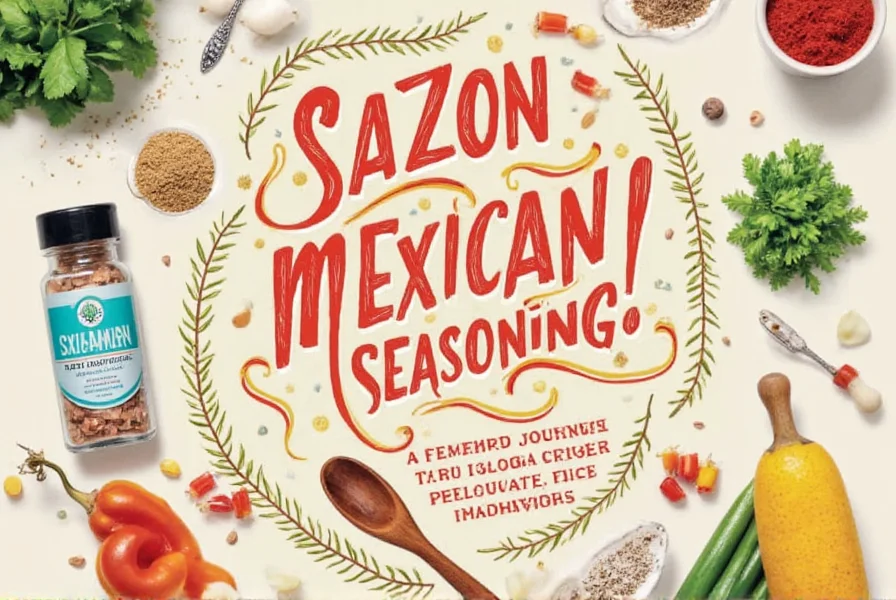









 浙公网安备
33010002000092号
浙公网安备
33010002000092号 浙B2-20120091-4
浙B2-20120091-4